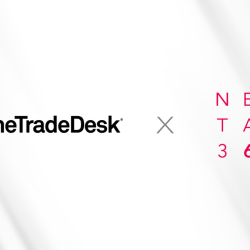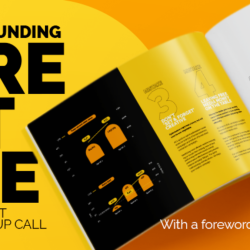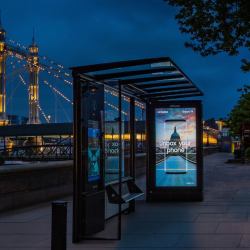Commercial radio has increased its audience by nearly a fifth over the last five years, as more listeners switch to digital
Ad revenues may be soaring, but a quick flick through the stations quickly reveals that advertisers could still be doing much more. Given the targeting options offered by the proliferation of digital radio services serving specific audiences, digital and online radio should be at the vanguard of brand-to-local omni-channel strategies. After all, there really is something for everyone on DAB radio, with stations catering to pretty much any music you can think of, by genre or decade. There are also stations catering to particular ethnicities, religions, sexual identities, and political leanings… and that’s before we get into local radio, which includes regional variants of national networks — and even the odd (often in every sense) community station that’s made the move from FM to digital.
This smorgasbord gives marketers the means to target very specific audiences precisely, down to a postcode level. As such, digital radio enables us to fine tune targeting in ways that far exceeds other audio formats (even podcasts), and notably with greater transparency on listening figures. Couple this level of specificity with a relatively low cost of entry, and you’d hope we’d be seeing some innovative uses by businesses at a local level.
So where’s the fine tuning on messaging?
Where are the ads from service-based businesses (Opticians? Garages? Dentists?) updating the communities they serve on new services, offers, or even available slots? Scanning through local commercial radio stations highlights that the vast majority of ads are exactly the same ones running on national radio. It’s not to say that this ad space is wasted in terms of brand recognition, but consider how much more effective these ads could be with a call-to-action directing listeners to a particular local outlet? With a small edit a campaign can thus be transformed from being just an above-the-line awareness exercise to one that positions radio at the other end of the funnel, with clear CTAs as a measurable direct response lever. Reporting on the success of using radio in this way is straightforward by comparing performance against historical metrics and by BAU.
From that perspective, then consider how much more creative we could be if we were to factor this into a broader omni-channel campaign. For instance, supplementing audio with local DOOH and TV further down the line, as programmatic buying becomes more widespread: how many more conversions that could drive.
Scaling brand-to-local approaches within omni-channel strategies isn’t as daunting as you might think
Within the context of the dynamic creative templates used by agencies, tweaking digital assets — for instance, with a localised CTA — is straightforward within the context of a digital toolkit platform. In this way it should be very possible to address regional audiences by geofencing within a set radius of a city, town, or even a store. While programmatic for radio may not yet be as established as it is for online channels, commercial radio giant Global — home of Heart, Capital and others — is already provisioned for digital audio, and there’s little doubt more publishers will follow.
Things could become even more interesting if we factor in GPS technology for those tuning in on mobile devices, or in-car — and all vehicles from 2021 onwards come with DAB as standard. The integration of location-based targeting holds immense promise for marketers seeking to improve the relevance and effectiveness of ads. Think of the potential of targeting a particular road approaching a drive-through restaurant at dinner time…
While GPS holds the potential to become the killer app for hyper-local targeting, there are a few factors to keep in mind. Notably, we shouldn’t underestimate privacy concerns — retargeting crossed a line that online display may never recover from, so if advertisers approach digital radio in a similarly cavalier fashion, Ofcom may have something to say about it! Get it right and the (as yet) untapped potential of digital radio within the scope of omni-channel marketing strategies presents an opportunity that cannot be underestimated. So it’s high time for marketers to take a fresh look at their existing digital radio strategy and ask, honestly, could I do better?
As we saw in the most recent IPA Bellwether report, the media sector continues to recalibrate around digital as a performance channel, and radio should be no different.
Featured image: Kamshotthat / Pexels































